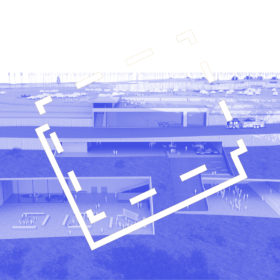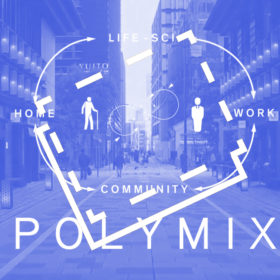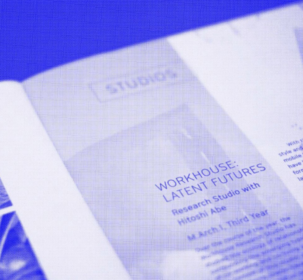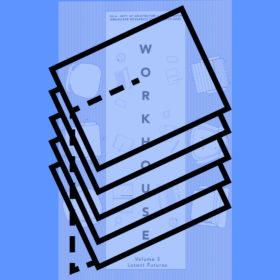Across the globe, 21st-century cities face a growing number of technological, social, and environmental challenges. The increased intensity of global […]

This year Rumble Event framed a unique occasion when students from parallel studios: Fire City: Towards Regenerative Urbanism with Hitoshi Abe (M.Arch. Research Studio) and Fire LA-ND with Jeffrey Inaba and David Jimenez Iniesta (M.S.AUD Research Studio) showcased their works to the guests of the event. During the event, A.UD faculty and students engage the broader architecture and urban design discussions about the future of design and the built environment under the conditions of changing environment. With its twin focus on fire-risk-reduction and fire-resilience, the joint studios draw from a diverse network of educational partners and researchers. Throughout the year, FireCity and FireLand studios accommodated presentations from fire-related, city planning, and urban design experts in local regeneration efforts, architects, and researchers. Students in parallel studios are developing diverse proposals based on shared findings. Because architecture yields insights through both research and design, the studios are organized to take the best advantage of both modalities of exploration – Research Studio and Suprastudio formats. The parallel structure is intended to share AUD’s cross-campus intelligence through a feedback loop of collaboration and dialogue among the students and across the globe with other ArcDR3 participants.

In June 2020, two WORKHOUSE Research Studio students, Jacob Sertich and David Vasquez received the Chao-Di Su Award for the Best Project in Graduating class 2019-2020.

The 2019-2020 WORKHOUSE Latent Futures Research Studio is the final of the WORKHOUSE Trilogy. Starting in 2017, the WORKHOUSE Research studio has built on previous xLAB research initiatives to explore the gray zone between domestic and workspaces and activities. With the support of Mitsui Fudosan—a leading real estate company in Japan, xLAB’s ongoing research examines the relationship between architecture and broad shifts of technology, economy, and lifestyle. The final WORKHOUSE Studio focused on creating architecture as a platform for actively producing the future.

WORKHOUSE 3 Latent Futures is the last in the WORKHOUSE Research Studio Essay Series Trilogy. It concludes a three-year study of the grey zone between domestic and workspaces and activities by UCLA students.